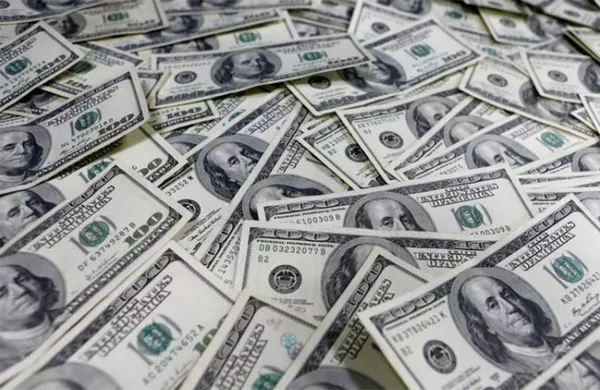In the vast landscape of currency, the dollar coin stands as a unique and often overlooked artifact. While commonly overshadowed by its paper counterpart, the dollar bill, the dollar coin possesses a rarity that goes beyond its infrequent circulation. In this article, we will explore the factors contributing to the scarcity of the dollar coin and delve into the historical context and economic implications surrounding its limited presence in everyday transactions.
The Historical Journey:
The dollar coin has a rich history in the United States, dating back to the late 18th century. The first silver dollar, known as the Flowing Hair dollar, was minted in 1794. Since then, various iterations of the dollar coin have graced the pockets and purses of Americans, each with its own design and significance.
Despite its historical roots, the dollar coin has faced challenges in gaining widespread acceptance. One of the primary reasons for this is the persistence of the dollar bill as the preferred form of currency. The familiarity and convenience of paper money have led to a resistance to adopting the coin in everyday transactions.
The Coin vs. The Bill:
The battle between the dollar coin and the dollar bill has been ongoing, with the latter emerging victorious in the eyes of the public. The durability of paper money, combined with the lighter weight and flexibility it offers, has made the dollar bill the preferred choice for both consumers and businesses alike.
Moreover, vending machines and cash registers are predominantly designed to handle paper currency, creating a logistical hurdle for the integration of coins into everyday transactions. As a result, the dollar coin remains a rare sight, relegated to specialty uses such as collector’s items and commemorative editions.
Limited Production:
The limited production of the dollar coin is another factor contributing to its rarity. Unlike paper currency, which is regularly printed and distributed to meet the demands of a growing economy, the production of coins is a more complex and resource-intensive process.
The United States Mint carefully regulates the minting of coins, taking into account factors such as demand, cost-effectiveness, and the need to manage coin inventories. This deliberate approach to coin production has led to a lower output of dollar coins compared to their paper counterparts, further reinforcing their scarcity.
Collectors’ Items:
The rarity of the dollar coin has also been fueled by the interest of numismatists – individuals who collect and study coins. Many coin collectors actively seek out rare and unique pieces to add to their collections, and the dollar coin, with its limited circulation and distinctive designs, has become a coveted item in the world of numismatics.
Certain editions of the dollar coin, such as those featuring special commemorations or unique errors, can command a premium on the collector’s market. This heightened demand from collectors further diminishes the availability of dollar coins in circulation, contributing to their overall rarity.
Economic Impact:
While the rarity of the dollar coin may be intriguing to collectors, it also has economic implications. The dominance of the dollar bill in everyday transactions means that the potential benefits of using coins, such as increased durability and reduced environmental impact, remain largely untapped.
In countries where coins are more commonly used, the cost savings associated with the longevity of coins over paper money are evident. The United States, however, continues to incur the recurring expense of printing and replacing dollar bills due to wear and tear. The limited adoption of the dollar coin represents a missed opportunity for the country to optimize its currency system for both economic and environmental sustainability.
Efforts to Boost Circulation:
Recognizing the challenges faced by the dollar coin, various initiatives have been undertaken to increase its circulation. One notable effort is the introduction of the Presidential dollar coin series, which began in 2007 and aimed to honor each U.S. president with a unique coin design.
Despite these efforts, the impact on the circulation of the dollar coin has been modest at best. The resistance to change, engrained habits, and the established infrastructure supporting paper currency have proven to be formidable obstacles to widespread acceptance of the coin.
SEE ALSO Are Gold Dollar Coins Real Gold?
Conclusion:
In the realm of currency, the dollar coin stands as a symbol of both history and rarity. While its limited circulation may seem inconspicuous in the hustle and bustle of everyday transactions, the factors contributing to its scarcity reveal a complex interplay of history, economics, and human behavior.
As the United States continues to navigate the evolving landscape of currency preferences, the fate of the dollar coin remains uncertain. Will it continue to be a rare and elusive treasure, sought after by collectors and admired for its unique designs? Or will innovative solutions and changing consumer habits pave the way for a more prominent role in the nation’s currency system? Only time will tell, but for now, the dollar coin remains a fascinating anomaly in the world of money.


